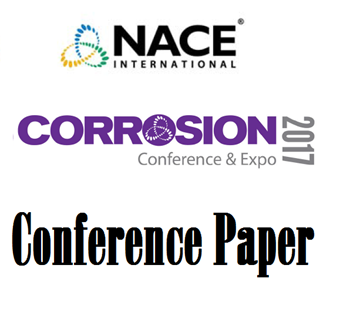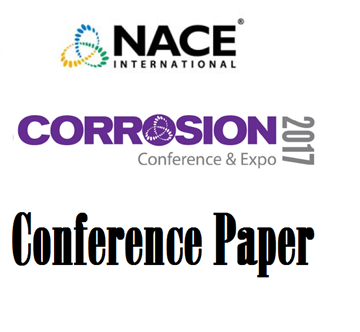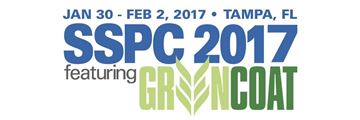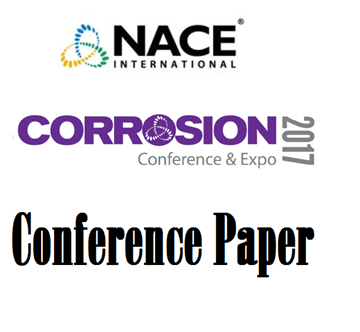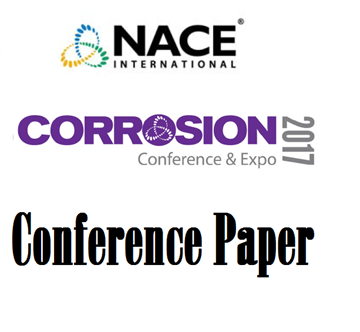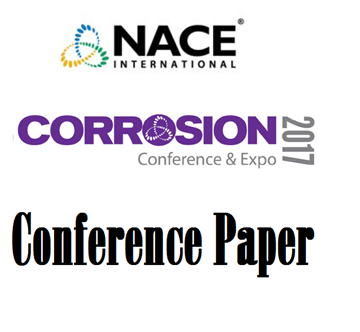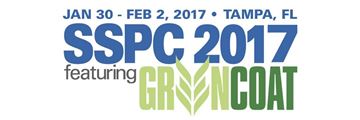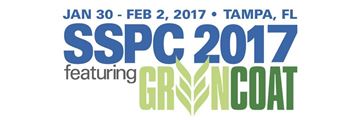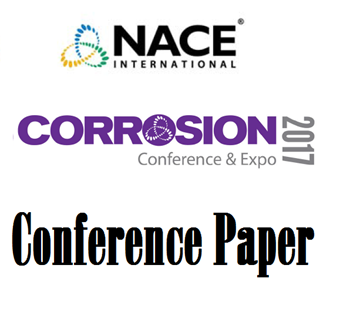Search
Products tagged with '2017 Conference Papers'
View as
Sort by
Display
per page
Green Solvents - Formulating for a New Era
Product Number:
51217-064-SG
Publication Date:
2017
$20.00
Guidelines for Corrosion Inhibitor Selection for Oil and Gas Production
Product Number:
51317--8842-SG
ISBN:
8842 2017 CP
Publication Date:
2017
$20.00
High Accuracy Ultrasonic Corrosion Monitoring
Product Number:
51317--8990-SG
ISBN:
8990 2017 CP
Publication Date:
2017
$20.00
High Performance Water Based Coating Enhanced with Nano Vapor Corrosion Inhibitors
Product Number:
51217-027-SG
Publication Date:
2017
$20.00
High Temperature and High Chemical Resistant Ambient Cure Tank Liner
Product Number:
51317--9016-SG
ISBN:
9016 2017 CP
Publication Date:
2017
$20.00
High Temperature Hydrogen Attack (HTHA) Modeling Prediction and Non-Intrusive Inspection Review
Product Number:
51317--8924-SG
ISBN:
8924 2017 CP
Publication Date:
2017
$20.00
High Temperature Sulfidic Corrosion of Carbon Steel in Model Oil/Sulfur Compound Blends
Product Number:
51317--8909-SG
ISBN:
8909 2017 CP
Publication Date:
2017
$20.00
High Voltage Direct Current Interference on Buried Pipelines: Case Study and Mitigation Design
Product Number:
51317--9049-SG
ISBN:
9049 2017 CP
Publication Date:
2017
$20.00
How Many Excavations are Required to Confirm the Absence of SCC on a Pipeline Following SCCDA
Product Number:
51317--9346-SG
ISBN:
9346 2017 CP
Publication Date:
2017
$20.00
How to Non-Destructively Measure Dry Film Thickness on Concrete Substrates Reliable, Accurately and with Confidence
Product Number:
51217-025-SG
Publication Date:
2017
$20.00
Hubble Bubble Rising: A New Beginning - The Better Way
Product Number:
51217-039-SG
Publication Date:
2017
$20.00
Hydrogen Cracks in Belgian Nuclear Reactor Pressure Vessels: Five Years After Their Discovery
Product Number:
51317--9457-SG
ISBN:
9457 2017 CP
Publication Date:
2017
$20.00


